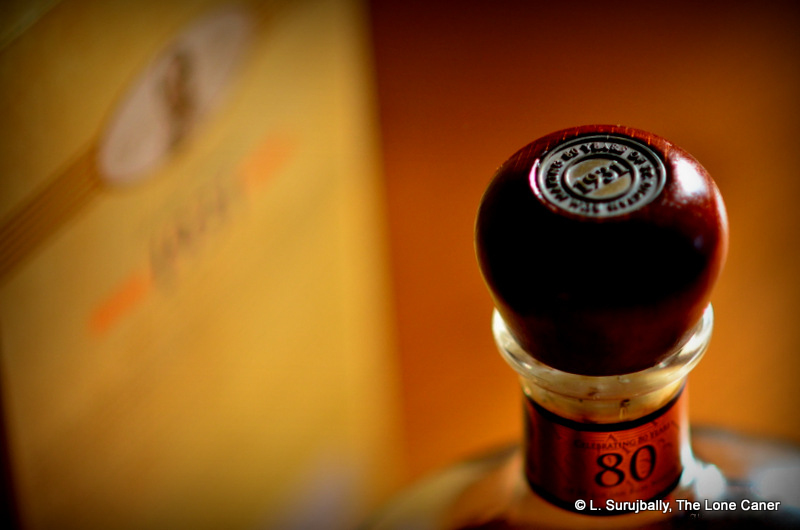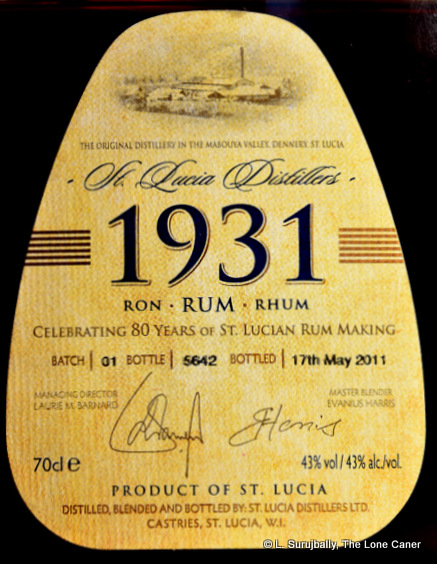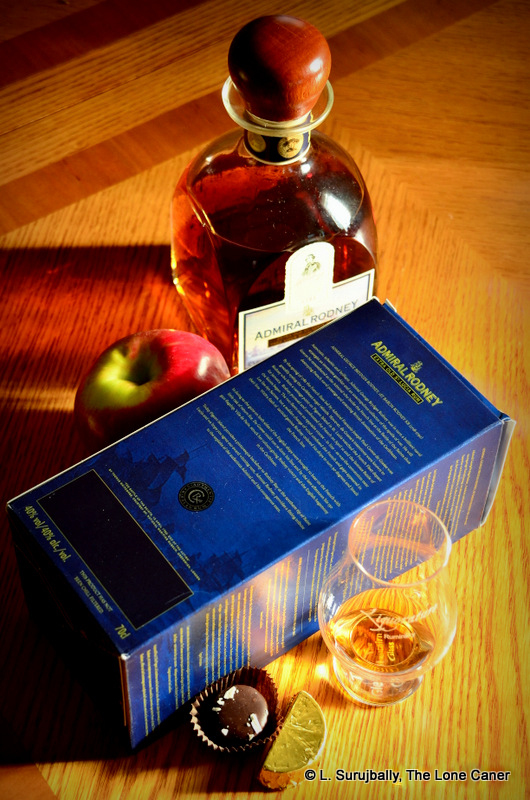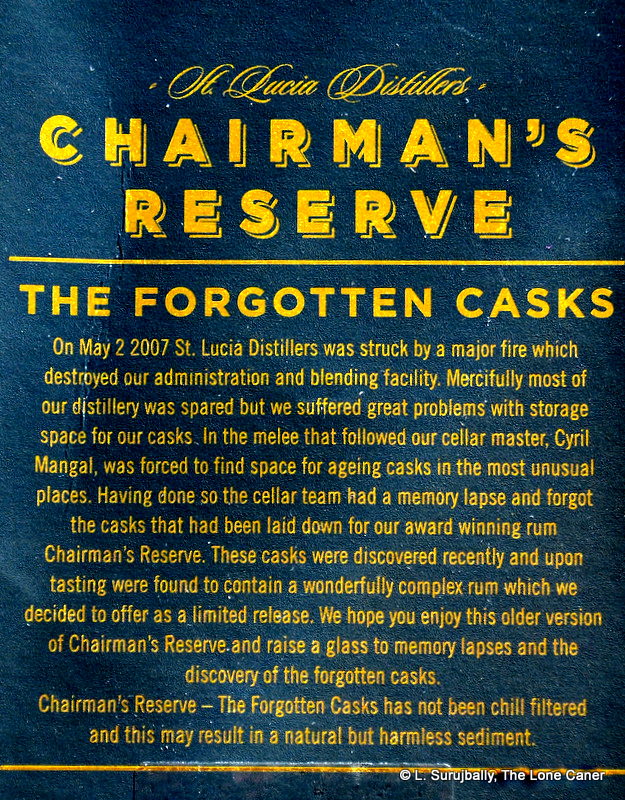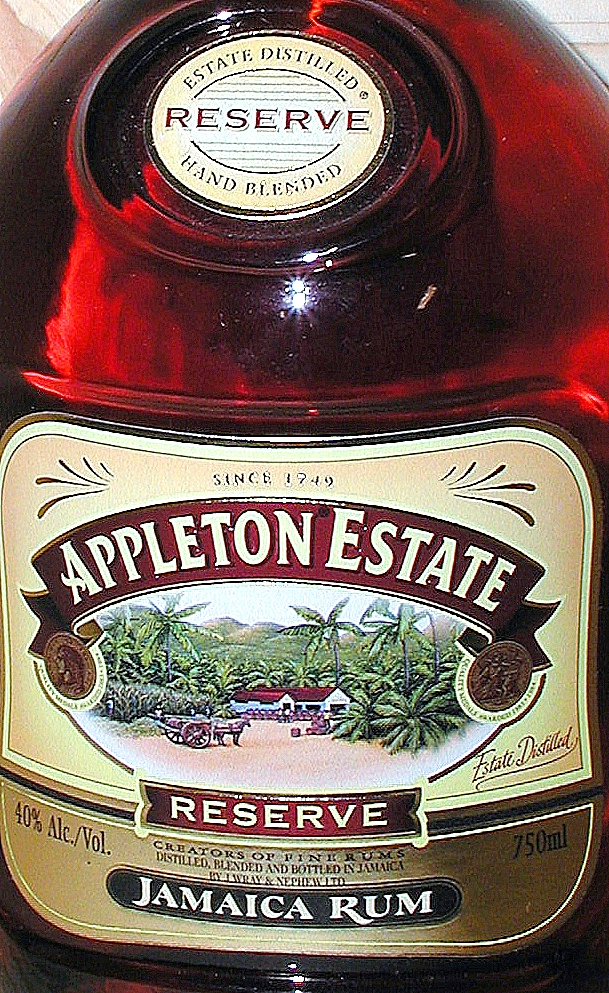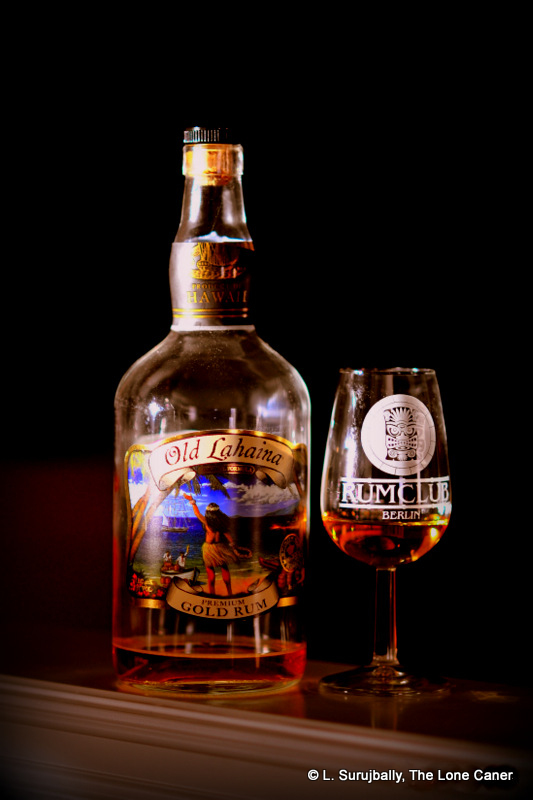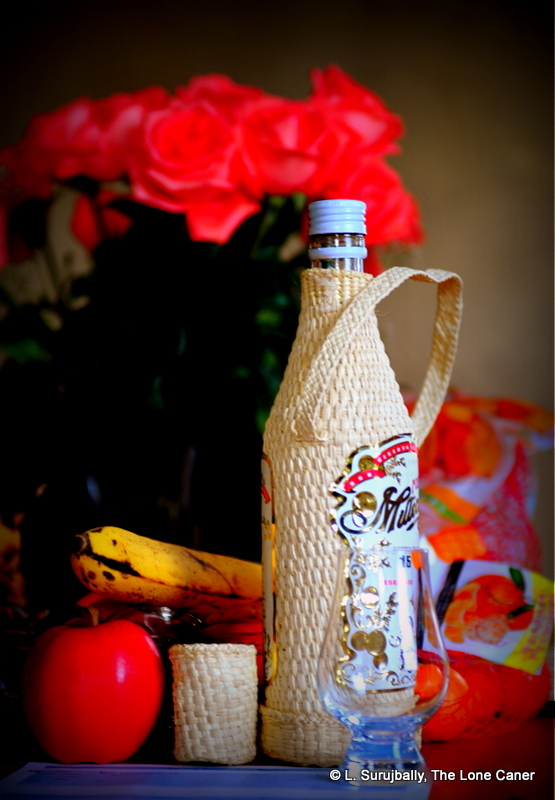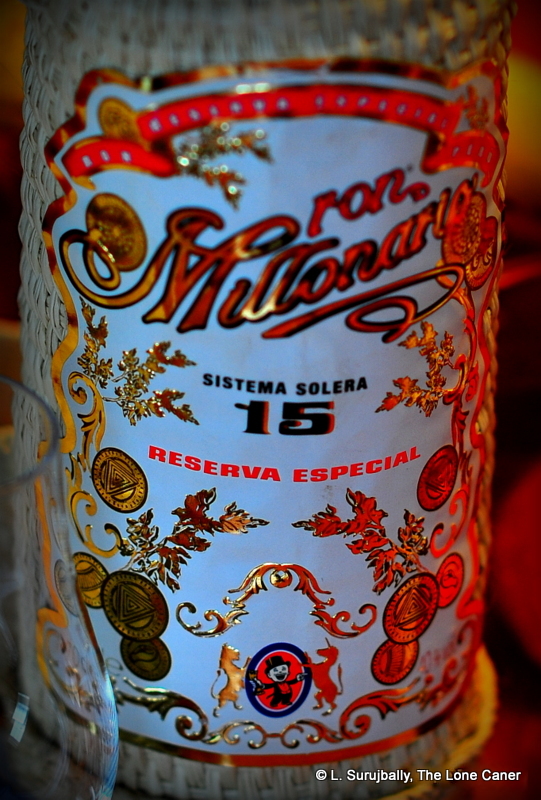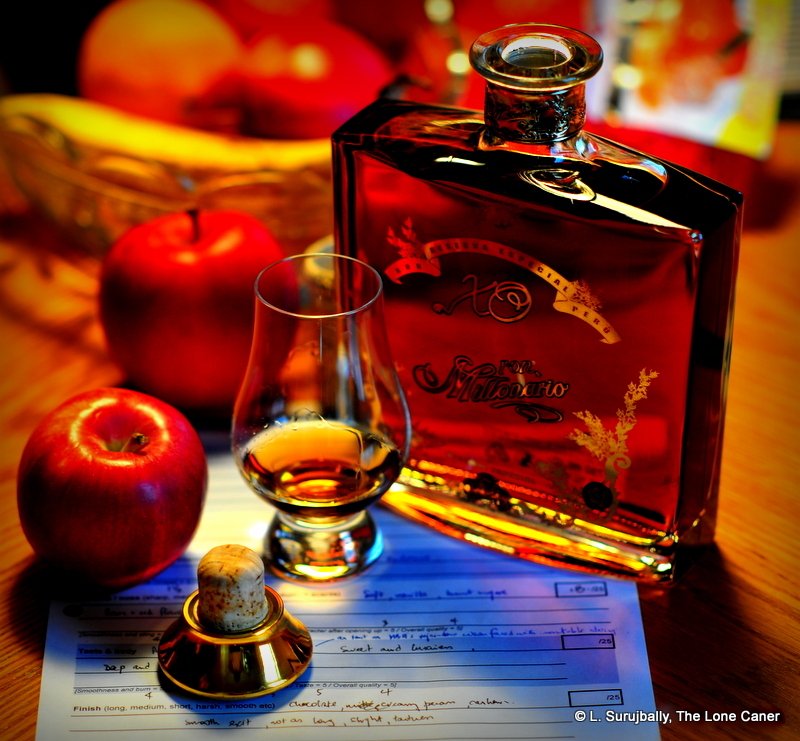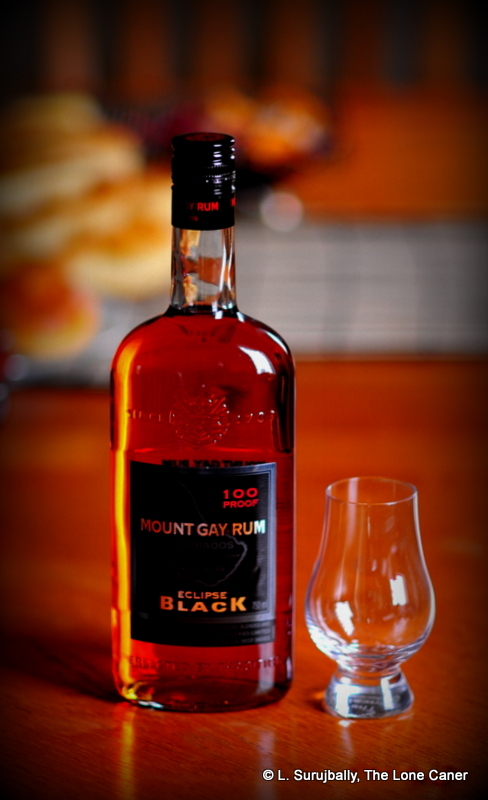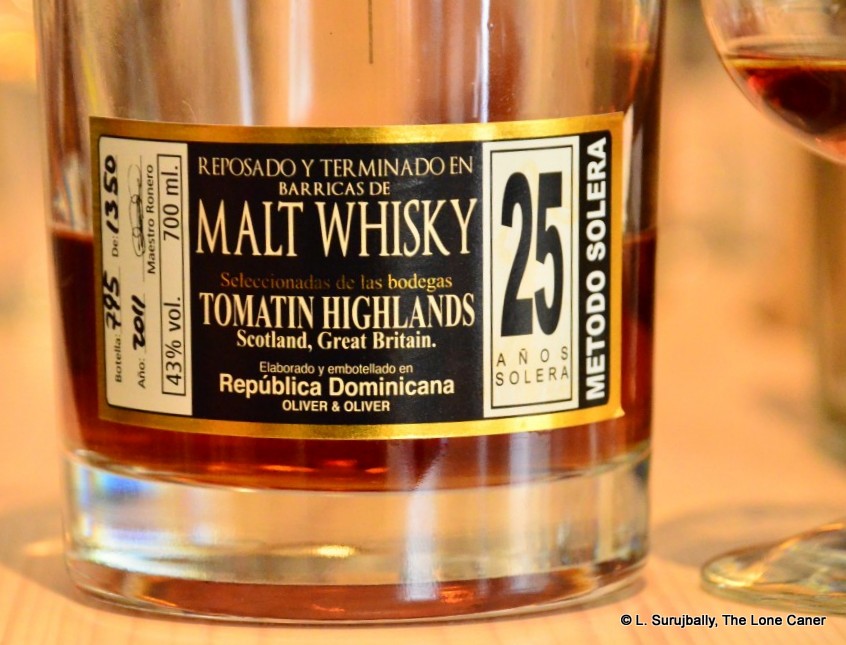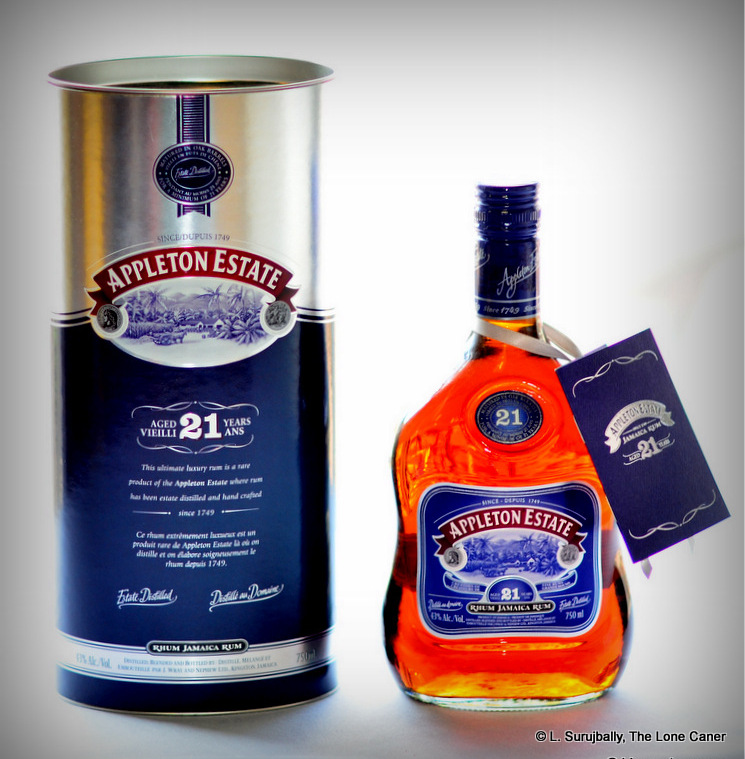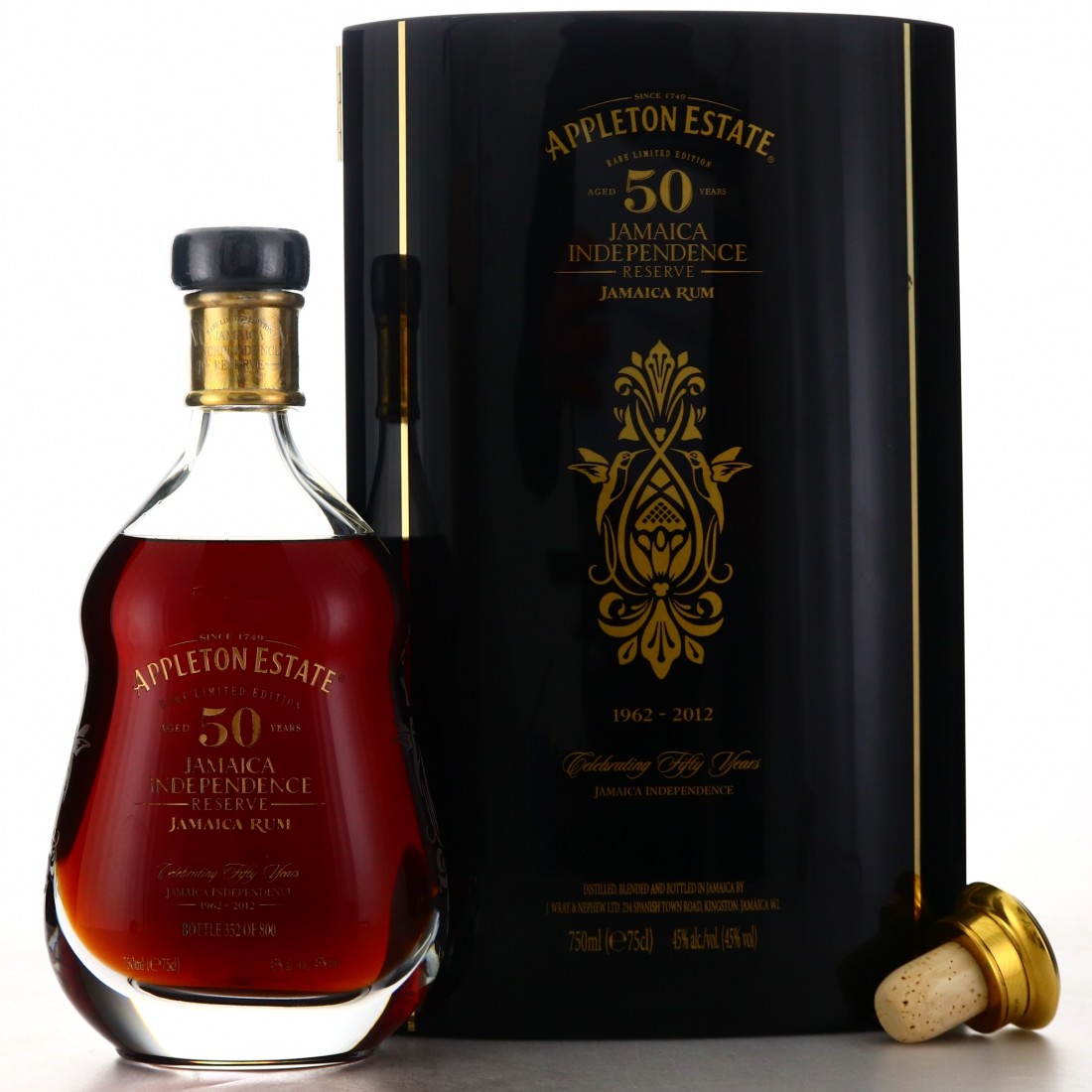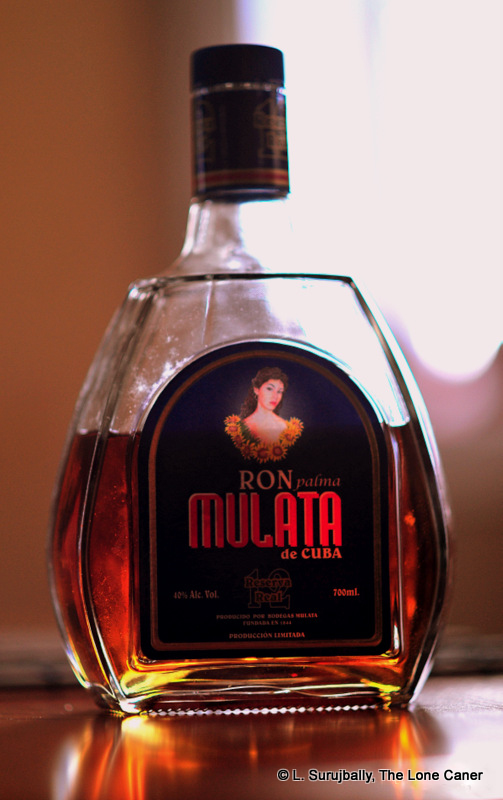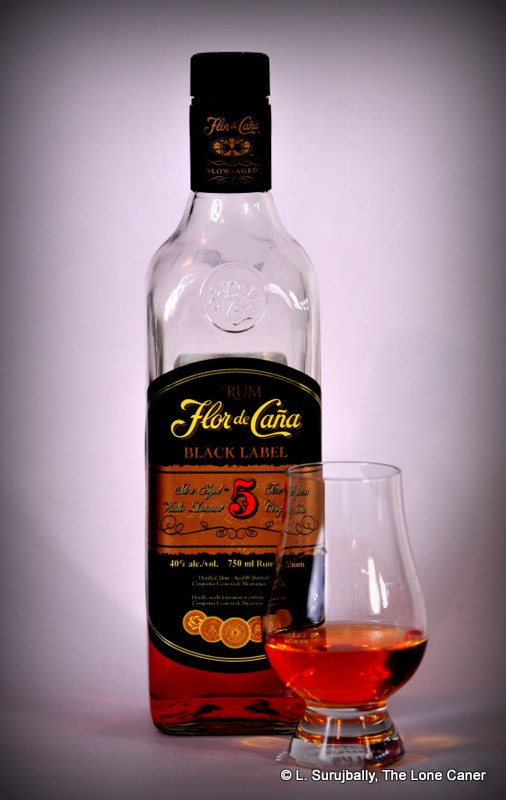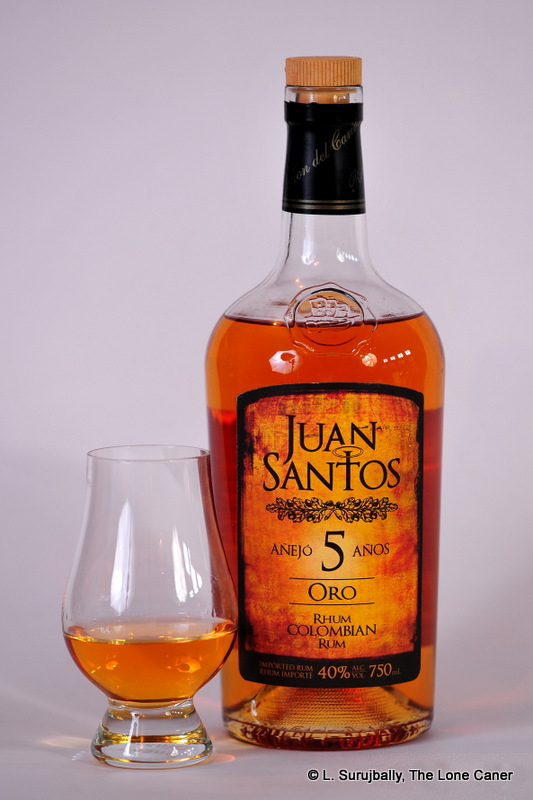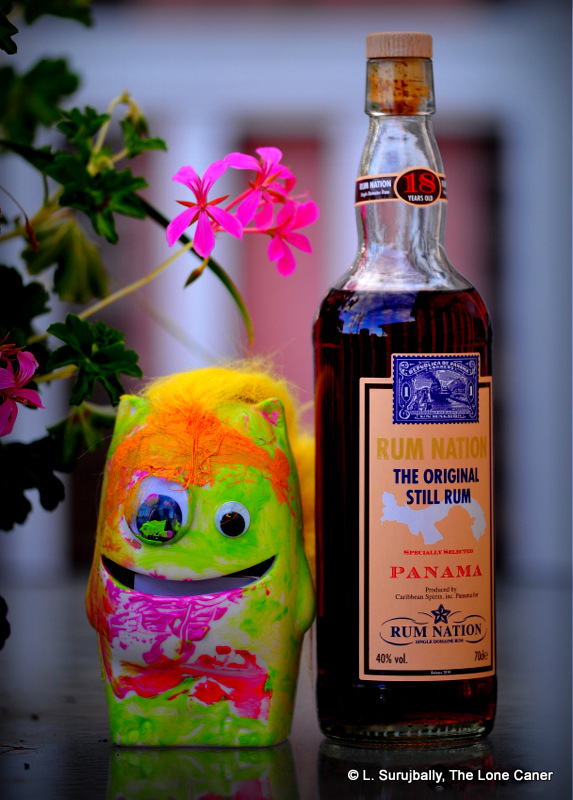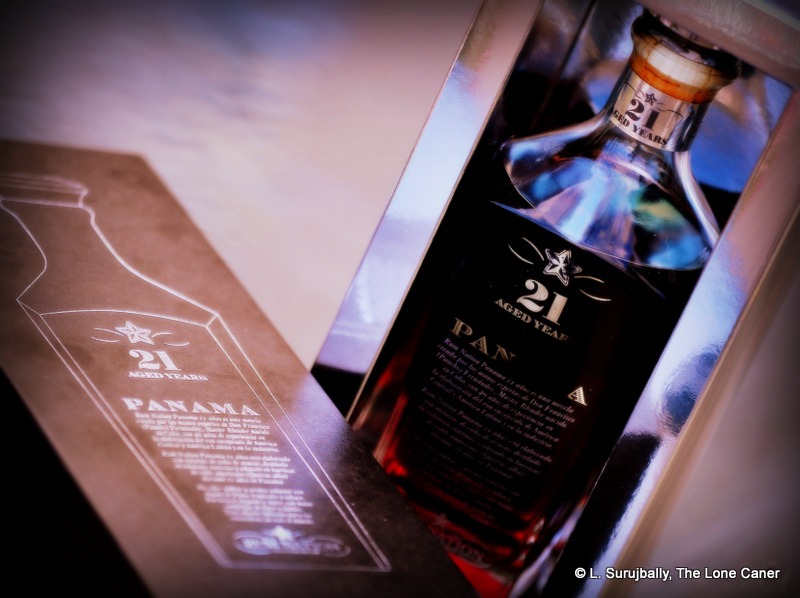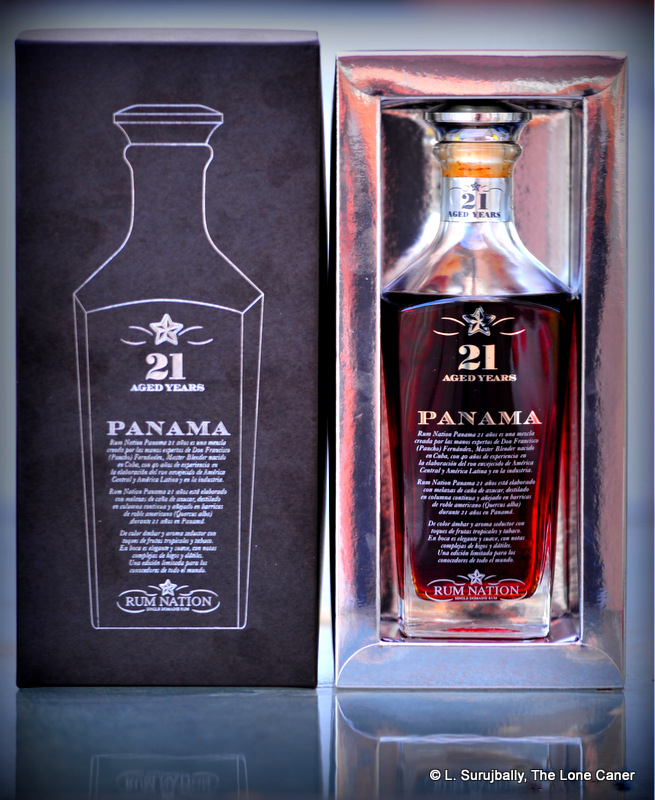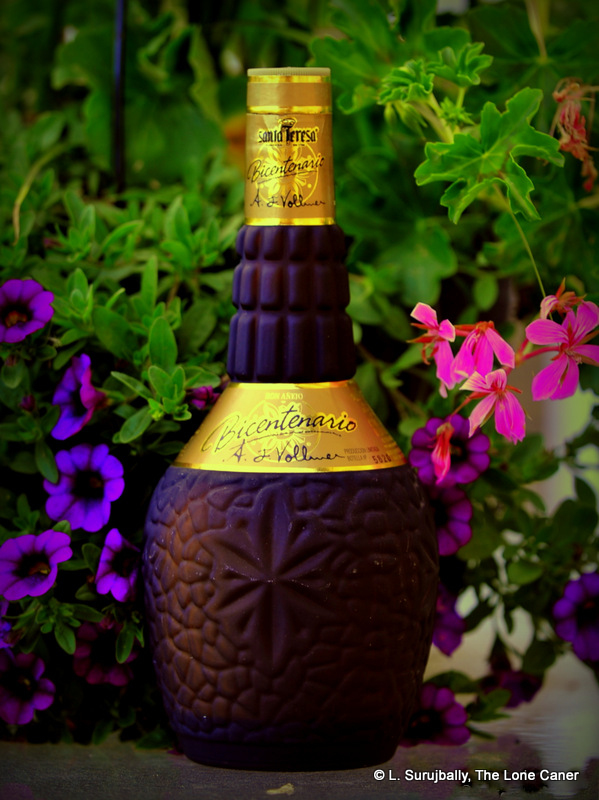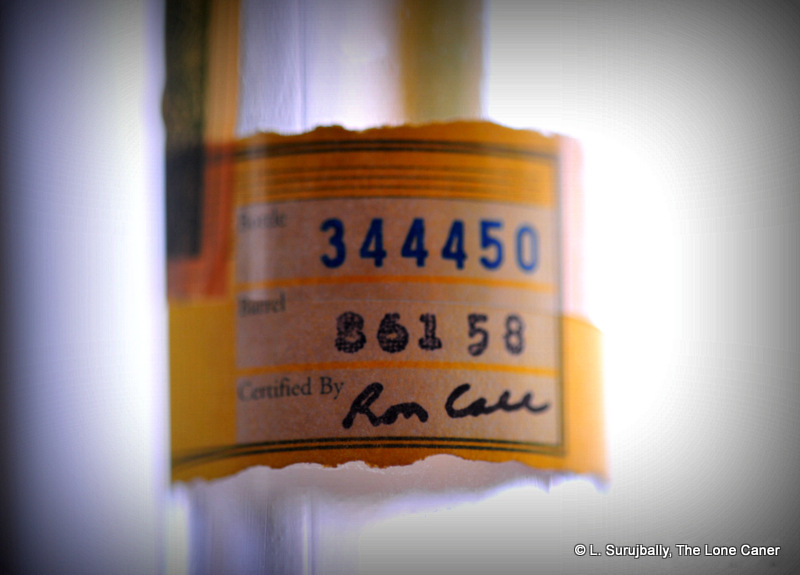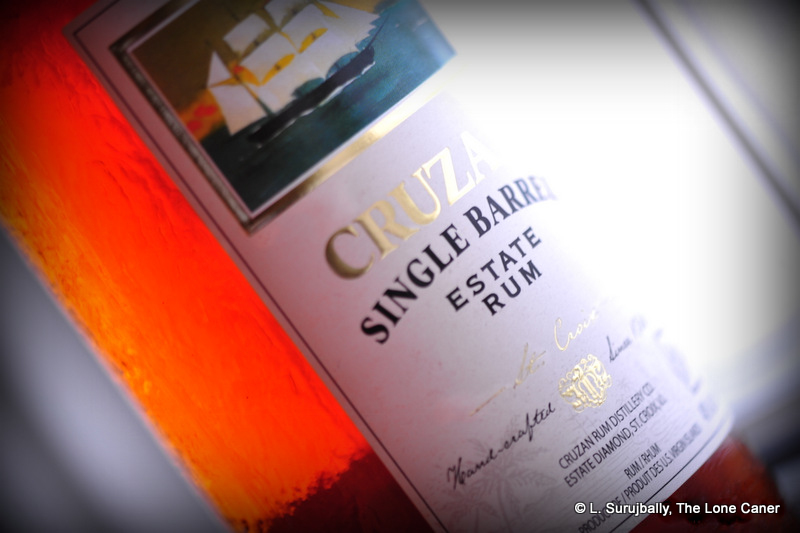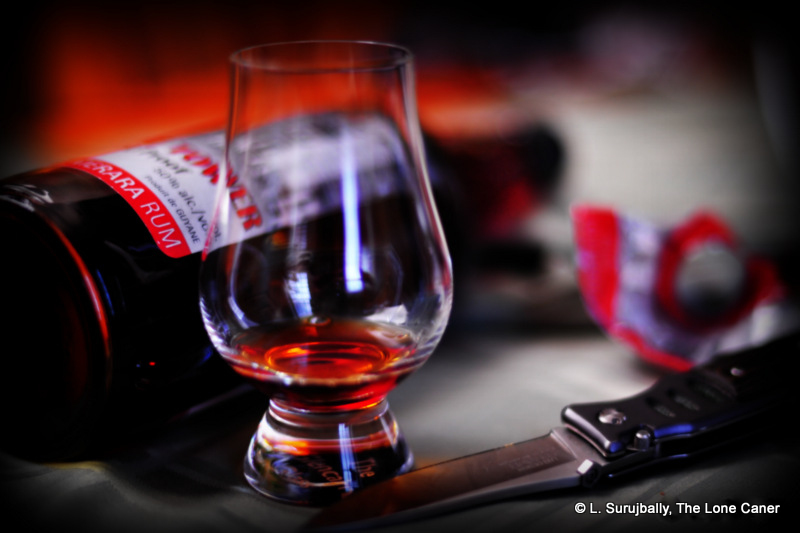Good sipper for the money: if you’re on a budget, get the Admiral Rodney Extra Old, if not, this one is a shade better for not too much extra.
(This is the last entry in my four-rum review series of St Lucia Distiller’s rums, which I tasted together a few weeks ago).
Rum makers occasionally issue an expression which commemorates an event or a date that has particular meaning for them and then turn that into a marketing tool (like the Angostura 1919 or the Flor de Cana “21”) – it’s always touted as being a cut above the ordinary, although I have my private feelings about the veracity of such statements. In this instance,
The sources for this excellent rum were the distillates from three copper pot stills and one columnar (Coffey) still ranging from 1999 to 2004 (which, given that it was made in 2011 makes it a 7 year old): the rums were aged (according to the company site) in white oak casks including Jim Beam, Jack Daniels, Buffalo Trace and a couple of Port casks, then blended and left to marry for three more months before bottling at 43% abv.
Influences from all that bourbon and whisky, as well as the oak, were immediately evident on the nose, which was fuller, deeper – even darker – than its predecessors. Not quite on the level of the El Dorados, but very nice for all that, and got even better as it opened up. Traces of raisins and dried fruits mingled happily with pomegranates, figs, and apples just on the ragged edge of going too ripe, enveloped in a robust smoky background.
The rum itself had a medium to heavy body (I have a personal predilection for that), more dark red fruits, dried raisins, honey, a subtle grapey hint, and again that smoky background which made me suspect that one of the barrels may have been charred to lend some more pizzazz to the profile. Oddly, I noted few soft or fleshy kind of notes (as might have come from bananas), but a hint of orange peel, all tied up in a neat bow by burnt sugar and toffee. And on the finish it was really quite pleasant, soft and unaggressive, yet warm and long as well, with none of the savage elan of, oh, the Appletons, exiting with a hint of old tobacco and dried, well cured leather. It’s often been mentioned that with some experience one could discern a pot stilled product from one that was predominantly column stilled: and I’d guess that the richness of what I was sampling derived primarily from the pot still portion of the blend.
The 1931 was un-chill-filtered, and evinced an overall taste that was quite a bit gentler than we might be expecting to find in a slightly stronger rum (43%, remember) – I remarked in the Admiral Rodney review that this was closer in style to the Barbadians as opposed to the Cubans or the Jamaicans who are a bit more aggressive in their rum profiles and have more perceptible, spicy and citrus notes, and here again, I came to the same conclusion.
Now, on balance, I don’t believe the 1931 is quite as joyous or as interesting or as over-the-cliff a bungee jumper as the Renegade St Lucia 1999, which I liked precisely for those attributes. That one took a chance, went off the reservation, and revelled in its difference: the 1931 played it mostly safe, though it did so exceedingly well. I also don’t rate it as a super premium rum, good as it is — I have some rums in my shelf which really are super premiums, so I have a good basis for comparison and can stand by that remark. Still, for eighty dollars in my location, the 1931 is definitely a great buy.
When you really get down to it, the St Lucia Distillers 1931 expression is quite similar to the St. Nicholas Abbey 8 year old, the Dos Maderas PX 5+5 (perhaps not as heavy), or, more so, the Admiral Rodney made by the same company (though a tad stronger, with that pot and column still blend, 7-12 years old) – similar enough to its sibling, in fact, that you could try the two side by side and not immediately know which was which unless you were paying attention. That’s not entirely a problem though – it’s a subtle, soft, supple, well blended, well-aged, rum of depth and complexity and excellent all round quality. I’d not hesitate to recommend it to anyone who wants a good sipping rum.
***
Epilogue: a summing up of the four St. Lucians
Apologies to the eponymous Islanders, but there’s something subtle missing in these St Lucia rums…an element of, oh…aggressive decisiveness, of oomph and yobishness and in your face “I’m a rum” gobsmack. None of the rums are bad by any stretch, and all can be had by themselves and enjoyed quite nicely, thank you very much….but perhaps they’re taking something away from the laid back nature of St Lucia itself, which has never really had or sought much visibility or power in Caricom. Just as in real life, the Guyanese, Bajans, Trinis and Jamaicans are walking away with all the rum headlines, while little St. Lucia is happy to putter along quietly behind, making its lovely little rums, but not combative or bellicose enough to take on all comers with fire and brimstone and make them world beaters. We rum lovers will know of and appreciate their quality…sadly, not everyone else will.
(#134. 84/100)
